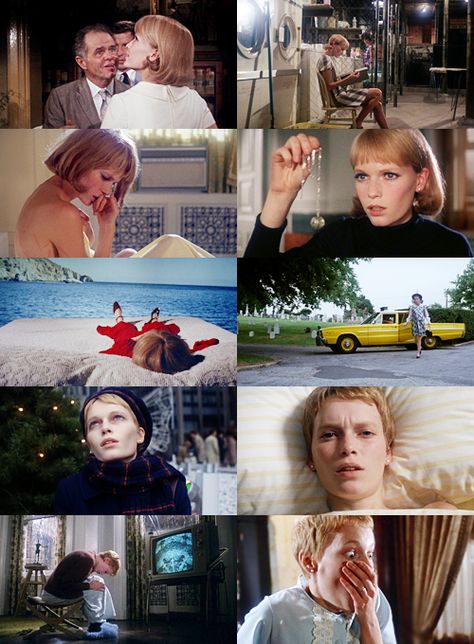The horror genre is either loved or hated. Soundtrack in horror movies is parallel to the character’s psychological path throughout the movie. Some movies like to ambush you with a jump scare — my least favorite — but there are some I consider highly artistic, even genius. The use of lighting in horror movies is a strategy to the story’s tone, usually dark and unsettling. The colour palette makes the character’s life seem “out of the ordinary.” Most main characters are regular people with regular jobs within a normal life circumstance; the story evolves from the time something in their regularity changes. The scenery is either a confined space, like in Alien, or a wide open one, like in The Witch or in the show The Walking Dead. The genre labels the horrific character as “It” or “Other,” because fear is rooted in the unknown or in what is misunderstood. Playing with the innocence of characters, such as the one of a child, an elderly person, or a mother figure to build horror is also common in the genre. Examples of this can be seen in Hereditary or The Conjuring.
Rosemary’s Baby, directed by Roman Polanski in 1968, was my choice—a film I watched about six years ago, yet this second time felt like a discovery. Rosemary and Guy, a young married couple, choose to move into the Bramford, an apartment whose previous tenant, an old woman, had recently died and was rather close to their new neighbors, Minnie and Roman Castevet.
The first scene establishes their relationship and reveals their individual desires. Guy, by being professionally unsatisfied, intends to lie about his career to the realtor, while Rosemary expresses her interest in starting a family. The apartment, as Hutch warns, had a “high incidence of unpleasant happenings.” He is the only to realize Rosemary is in danger, questioning the vitamin drink Mrs. Castevet prepares for her personally every morning, the smell that comes from the gifted necklace Rosemary wears on her neck, and the odd proximity the couple has with the neighbors.
I found the scenes simplistically captivating, giving me partial information. For example, Rosemary hears the neighbour bringing the Chocolate Mousse to their door, knowing Minnie would have entered, but she did not. One realizes she finds this suspicious because she pours half of the desert inside her napkin while Guy isn’t watching. The scene after this is as confusing to the viewer as it is to Rosemary; unbalanced she falls and Guy lifts her, places her in bed, next thing, she is floating in the sea in bed. Her clothes are taken off, at first by Guy, and after the hands of a beast strip her underwear, the entirety of the creature is not shot. Her body travels to what seems to be a church filled with divine imagery, to a boat where she goes down the stairs naked. Once she arrives to her destiny, a large group of unclothed people surround her, familiar faces like the one from Minnie, Roman and other of their friends appear in the middle of an implied ritual. The shots in this scene are vague and hazy, although a window is open to the viewer to catch the lane of what is happening. The imagery is consistent with endless shots of Rosemary walking around the apartment —fixing the furniture, putting the records on, laying in bed, in the couch, looking across the window; I mean, it really is the only place where she hangs out so it creates a place of isolation. The closing credits have the same peculiar lullaby that Mia Farrow sings in the opening credits, until then, I realized the film altogether felt as if the song had not stopped once.

Sasha Austin
I think this summary is very thorough, detailed and thoughtful. Julieta clearly played out what is to be expected before watching a horror movie, the classic tropes and stereotypes used, and gave many examples of similar horror movies. She gave a brief overview of what Rosemary’s Baby was about, and the significance of the opening scene. I enjoyed learning about her favourite parts and how she felt while watching certain moments. I liked how she chose a movie she has watched before, but how this time she discovered the deeper meaning and intentions behind some of the camera angles and cinematography. Julieta broke down the most important, plot-driving scenes in the film, and explained how they were supposed to impact the audience. At the end, I maybe would have included more on the horror themes in the movie, and how they connect to what we’ve learned in class, and match our genre expectations. Overall, her summary definitely made me want to add Rosemary’s Baby to my to-watch list.